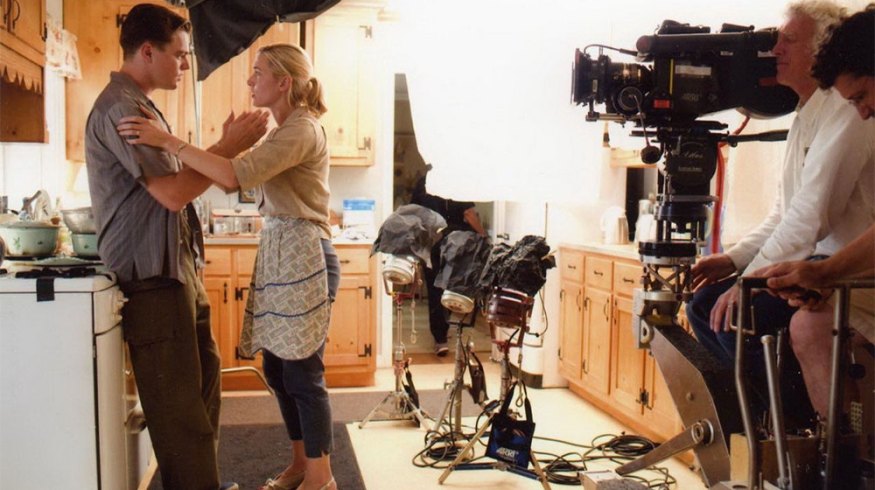
How Cinematographer Roger Deakins Uses the Cove Light
In this article, we’ll discuss the innovative “cove lighting” style of award-winning cinematographer Roger Deakins and how he uses it.
The cinematographers’s cinematographer, Roger Deakins, was nominated for fourteen Oscars before finally winning for Bladerunner 2046. And, according to Wikipedia, he is “considered to be one of the greatest and most influential cinematographers of all time.”
What makes his work so influential? He doesn’t have a flashy style or signature camera move like some of his peers, but he can shoot seemingly standard scenes in a way that’s inspiring and elevates the story.
To make images that look better than anyone else’s, you need to do things other people wouldn’t do.
Look at soft lighting. Most DPs would bring in a 4×4 diffusion and push a soft source through it to get a soft light on the subject’s face. Others might go larger, such as a 10×10. Deakins typically uses what has been dubbed the “Cove light.” He wraps half the room with unbleached muslin, then illuminates it with multiple smaller lights (usually the Mole-Richardson Tweenie, a 650 Watt Tungsten Fresnel).
The Cove typically wraps 180 degrees around the subject, spilling down onto the floor. This gives a flattering “up light” but, more importantly, lights the face even when it’s looking down at a screen or computer. It’s almost always on the far side of the actor’s face (from the camera) but wraps around to the near side at some point. The camera either looks through a gap in the cove or just sits in front of it.
This very large source, sometimes more than thirty feet long, lets Deakins shoot both a close-up and a wide with the same lighting, so that there won’t be any inconsistencies across the cuts. It also gives the actors freedom to move around if they wish, or the director to modify the blocking, without the need to relight.
You can use the cove light both on stages and on sets. With stages, Deakins often uses a line of 4×4 frames covered in unbleached muslin. On location, he has his lighting team simply tape the fabric to the wall with gaffer’s tape.
Deakins uses unbleached muslin because it warms up the skin tones and is flattering on the face. With a digital camera, or when shooting raw, you could just as easily use white fabric and warm the image up in post. You just have to make sure to adjust any other light sources that you want to appear white accordingly.
Deakins said on his website that when he lights the cove to spill onto the floor, he lights to motivate it with a window behind, as though the uplight in front of the character is the sun hitting the floor and reflecting back into the character’s face. He seldom repositions the muslin between takes, but rather adjusts where the light hits the fabric to “tune” the lighting.
While not practical for every indie short film or music video, the cove light is worth trying out to see what lengths the best DPs in the business go to for their images.
Cover image via Revolutionary Road (DreamWorks).
Looking for more lighting tips? Check out these articles.







